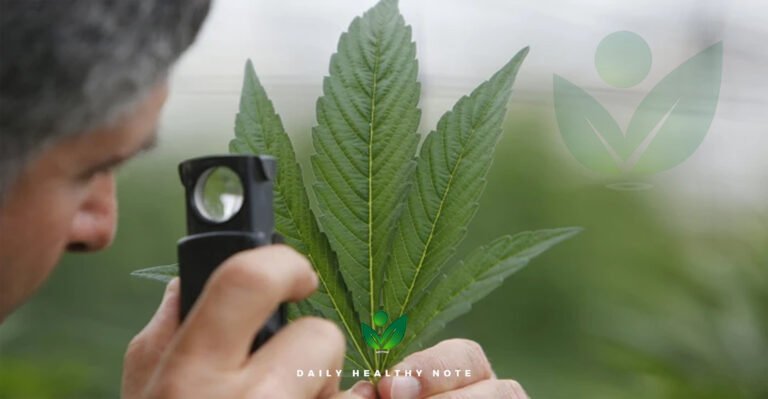Just this morning, I read an interesting article surrounding the correlation between temperature and fibromyalgia. First of all, it makes me happy to continue and see articles, research, and attention around fibromyalgia. This chronic disease is still inching its way into being accepted by society and the medical community. Thankfully, most doctors now agree with the research and will properly diagnose fibromyalgia. But as most things, there is still a niche within that world that have not caught on. My hope is that emerging research, and continuous attention from the media will help fibromyalgia sufferers speak out and get the treatment they do deserve. Not unlike myself, most fibromyalgia sufferers have another chronic disease under their belts. For me, it’s Ankylosing Spondylitis, Fibromyalgia, Depression, and Chronic Fatigue Syndrome. For others it could be Crohn’s, or a different type of arthritis, or many, many others. Addressing the group as a whole, or addressing one at a time helps to control and better the quality of life for all of us.
 The article I mentioned above came from the blog, Counting My Spoons: Inspired Living with Chronic Illness. The study mentioned within the post originated from Smith, et al: Smith, B. W., Tooley, E. M., Montague, E. Q., Robinson, A. E., Cosper, C. J., & Mullins, P. G. (2008). Habituation and sensitization to heat and cold pain in women with fibromyalgia and healthy controls. Pain, 140420-428. doi:10.1016/j.pain.2008.09.018.
The article I mentioned above came from the blog, Counting My Spoons: Inspired Living with Chronic Illness. The study mentioned within the post originated from Smith, et al: Smith, B. W., Tooley, E. M., Montague, E. Q., Robinson, A. E., Cosper, C. J., & Mullins, P. G. (2008). Habituation and sensitization to heat and cold pain in women with fibromyalgia and healthy controls. Pain, 140420-428. doi:10.1016/j.pain.2008.09.018.
Personally, temperature and weather are probably the most influential environmental factors to the symptoms of my fibromyalgia. On days where the weather is grey, cold, and/or rainy, my fibromyalgia is in a flare and feels terrible. Another factor is when the weather changes so drastically from day to day or day to night. I can only confidently speak for myself, but I have heard this to be a common symptom for a number of fibromyalgia sufferers.
 Anyway, back to the study. The study talks about sensation and habituation. Habituation basically means getting used to something. When you have an itch, or something in your shoe is poking you, most people don’t notice it after a little while. However, people with fibromyalgia seem to be missing that ability of habituation and actually, the thing that is bugging you, that sensation, increases with fibromyalgia. This is called Temporal Summation, which may play an important role in chronic pain.
Anyway, back to the study. The study talks about sensation and habituation. Habituation basically means getting used to something. When you have an itch, or something in your shoe is poking you, most people don’t notice it after a little while. However, people with fibromyalgia seem to be missing that ability of habituation and actually, the thing that is bugging you, that sensation, increases with fibromyalgia. This is called Temporal Summation, which may play an important role in chronic pain.
The study aimed to prove that an increase in temperature produced an increase in pain for women who suffer from fibromyalgia. Researchers tested the participants pain levels, and then increased the temperature by 5 degrees each trial until pain was reported.
At the end of the trials, the study actually found that there was a correlation between fibromyalgia symptoms and heat or cold. In other words, when pain, fatigue, anxiety, and depression were present, the participants ability to tolerate heat decreases. With cold temperatures, participants with fibromyalgia reported pain at 10 degree higher temperature than the healthy participants. This means that fibromyalgia sufferers are more sensitive to cold temperatures just as they are to hot temperatures.
The outcome of this study is important to the legitimization of fibromyalgia for all individuals. It allows us to have scientific research behind the pain we feel with heat and cold. When I explain to people that I love spring and fall, when I used to love the heat of summer, it doesn’t make sense to them. It’s not the hatred of the season, it’s the hatred of the intense pain that comes along with each extreme end of the weather and temperature spectrum.
I hope to continue finding articles like this one in the news and media. It makes me grateful that the scientific community is not only recognizing chronic illnesses and chronic pain, but they are legitimizing it, and spending resources on studying it, treating it, and maybe one day, curing it.









